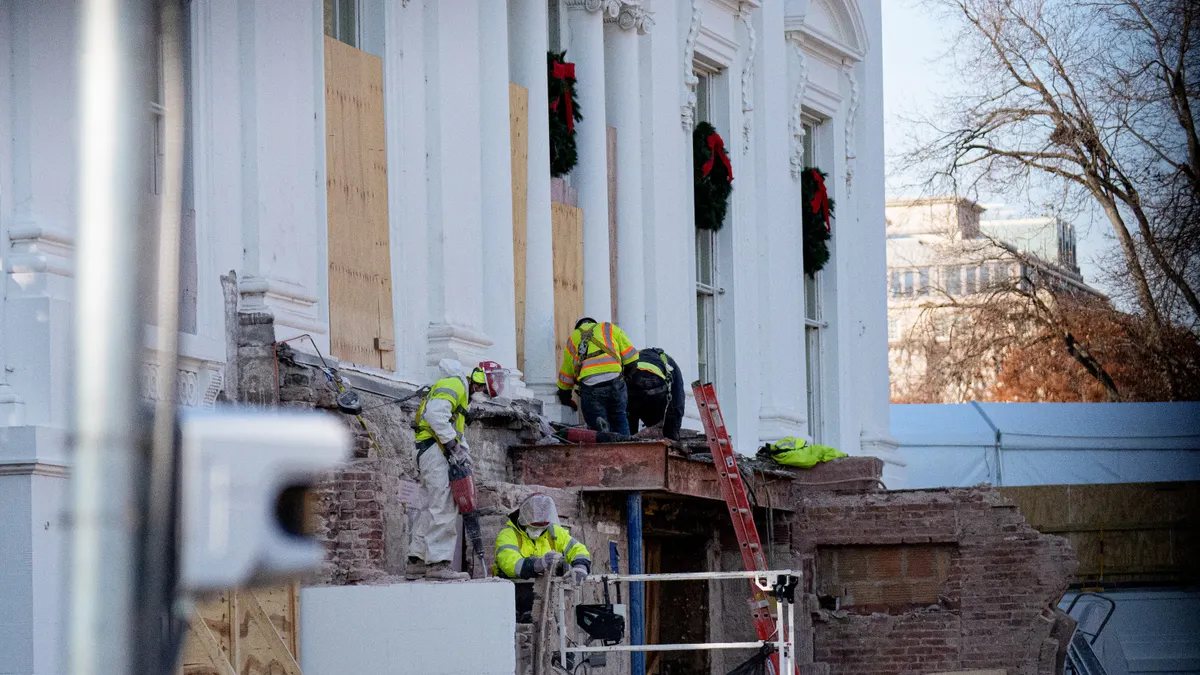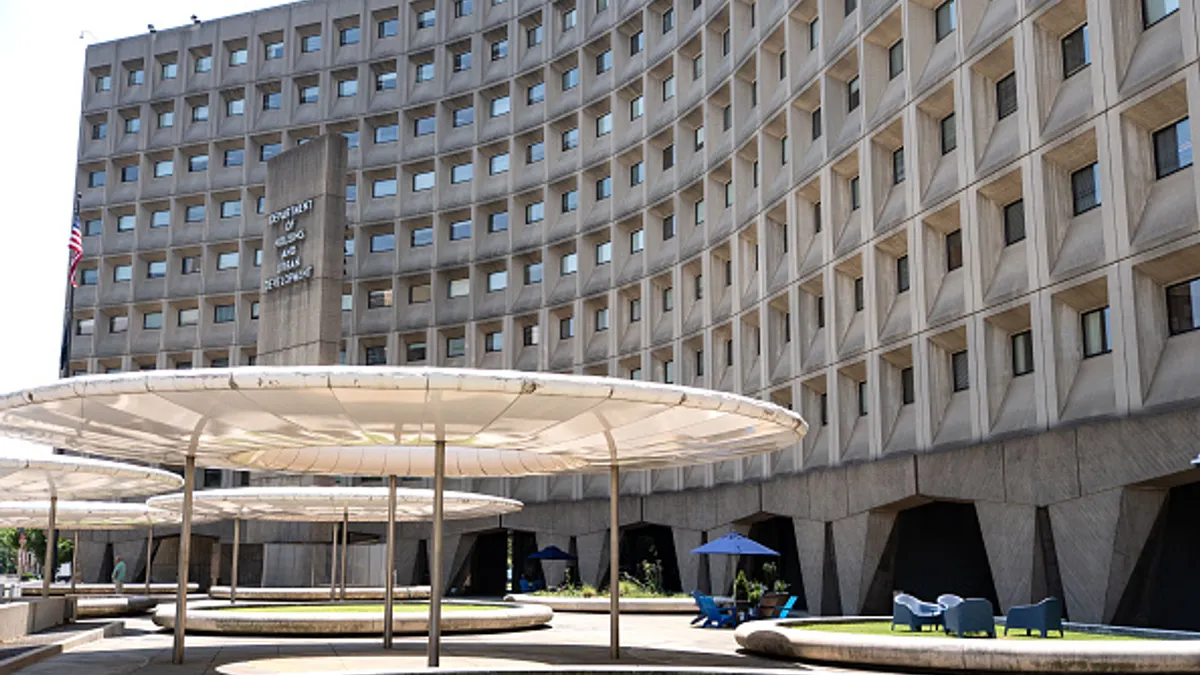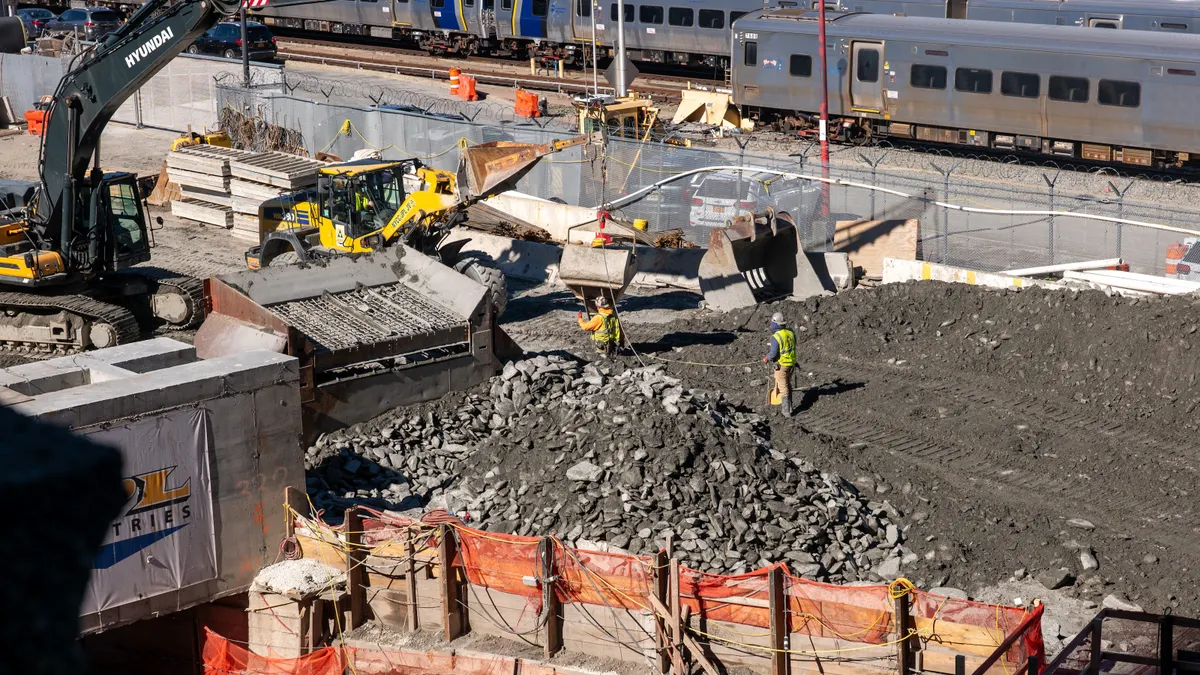One of the keys to a financially successful construction project is being able to identify potential sources of risk and either eliminating them or mitigating their impact through control measures. Beginning Jan. 1, California general contractors will have to figure out how to deal with yet another potential risk — an insolvent or a negligent subcontracting firm that doesn't pay its employees.
The law
On Oct. 14, California Gov. Jerry Brown signed into law Assembly Bill 1701, which makes general contractors, referred to in the bill as direct contractors, responsible for any employee wage or benefit payments their subcontractors fail to make under contracts entered into after the regulation's effective date. The same goes for wage claims from lower-tier subcontractors or sub-subs —the buck stops at the general contractor's doorstep.
The good news for direct contractors is that the law allows them to inspect subcontractor payroll records and other project information to determine whether the sub is paying its employees in a timely manner. If subcontractors don't comply with requests for information, direct contractors can withhold any or all future payments until the subs do so.
However, direct contractors that have to make good on claims under AB 1701 are liable only for unpaid wages, benefits and interest, not penalties or liquidated damages related to subcontractor claims. And employees must take their complaints first to the California Labor Commissioner's Office, which pursues claims against direct contractors.
The law's origin
Were subcontractors running out on their financial obligations to employees at such a pace that state legislators had to stop the bleeding with a new law? Not really.
According to Tom Holsman, CEO of the Associated General Contractors of California (AGCC), the new statute has its roots in union concerns about contractors who were supposed to make contributions to trust funds and pay other benefits, but returned to their home states or otherwise became unable to meet those obligations. In fact, the bill's sponsors include the California Conference of Carpenters, according to The Mercury News, although the law applies to all contractors, union affiliation notwithstanding.
Attorney John Antracoli, a partner in the trial section and construction law group at Rutan & Tucker, suggested that the bill is an attempt to protect smaller subcontractors from direct contractors that deny payment in an attempt to wring every last dollar out of a job.
"That's when [the subcontractor] has to decide whether to hire an attorney — and we're expensive," Antracoli said.
Challenges and solutions
A potential problem with the law, Antracoli said, is that it could end up inadvertently hurting small subcontractors. The law could find direct contractors vetting subcontractors' financials to such a degree that the stricter standards could disqualify smaller firms from jobs.
"This could result in less work going to smaller subcontractors, the very people you're trying to protect with this statute," Antracoli said.
The law, the attorney said, also has the potential to create a costly sea of paperwork as direct contractors try to wrangle payroll records and other documents from subcontractors to prove they are paying their employees. Therein lies the judgment call every contractor will have to make regarding how much work they want to do.
"Construction is going bonkers," he said, in terms of the avalanche of projects underway. "Do you even have the resources to do all the checking you would want to do? Are you going to hire more people to protect you against the liability?"
And then there's the learning curve. The new law gives direct contractors the authority to change how and when subcontractors have traditionally been paid, with many simply turning in an invoice and being paid for the value of labor and materials completed through a certain time period.
Karina Sterman, a partner in the litigation and employment law departments of Los Angeles law firm Greenberg Glusker, said one way to approach payment under the new law would be to pay subcontractors separately for labor and materials. That would allow subcontractors to receive payment for materials spent on the job; however, when it comes to labor, she said, direct contractors would likely "pay you after you've paid [your employees]."
That's bad news, again, for many smaller subcontractors whose cash flow is tight and need payment from the direct contractor in order to pay staff wages. "The squeeze is on the subcontractor," Sterman said.
But these measures are necessary to protect direct contractors from claims, she added, including changes as of Jan. 1 in contract language.
Other things direct contractors can do to protect themselves, Antracoli said, are require subcontractors to provide performance and payment bonds and to have corporate officers personally guarantee payment of employee wage claims. Ultimately, however, the direct contractor is responsible for those wages if employees remain unpaid.
Future action
The AGCC, Holsman said, took a neutral position on the current version of AB 1701 after working with the bill's sponsors to fine tune it, helping craft provisions around who can make a claim and how narrow as possible. But the AGCC's work isn't done. Holsman said he and the group will continue working in the first quarter of next year to "clean up" some language, including how the bill will be enforced and who will enforce it.
One area that the bill does not address adequately, the CEO said, is whether a sub-subcontractor's direct contractor is the hiring subcontractor or the general contractor. "Ultimately, this bill leaves that question open," he said.
One of Holsman's goals is to make sure sub-subcontractors have to make claims to the subcontractor that hired them.
As far as an all-out attempt to repeal the bill, Sterman said it will depend partly on how many companies get dragged through the Labor Commissioner's Office's claims process.
"The kinks will get worked out as the law gets implemented," she said. “The more you have competing interpretations, the more likely it is that a law will get amended.”
"The bottom line," Holsman said, "is wait and see."




















